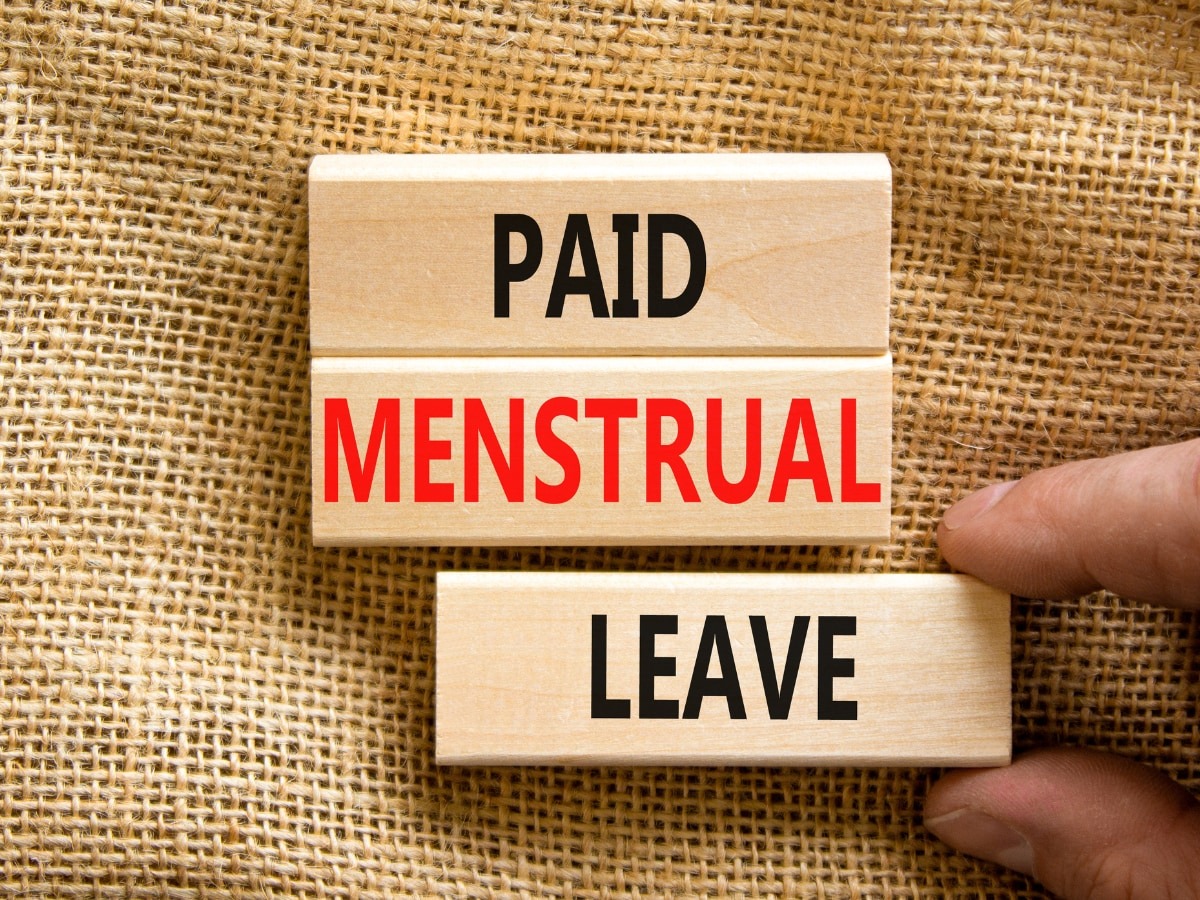Shailendra Mani Tripathi v. Union of India and Others
TABLE OF CONTENTS
- Background: The First Writ Petition
- Decision of Apex Court
- Current Position in India
- A Look at Other Jurisdictions
Background: The First Writ Petition
The petitioner through a writ petition[1] under Article 32 of the Constitution in 2023 to sought a direction from the Hon’ble Supreme Court for all States to frame a policy for menstrual pain leave for female students and working women under the provisions of the Maternity Benefit Act, 1961.[2] Since the matter involved policy dimensions so according to the Hon’ble Apex Court, it was appropriate if the petitioner submitted a representation to the Union Ministry of Women and Child Development which could take an appropriate decision. The petition was further disposed of by the Hon’ble Court.
Decision of Apex Court[3]
The petitioner filed another writ petition[4] under Article 32 of the Constitution of India for directing the Union Government, the States and the Union Territories to implement policies for the grant of menstrual leave to women under the Maternity Benefit Act, 1961.
This petition was a result of the grievance of the petitioner that on submitting a representation on 19 May 2023 to the Union Ministry of Women and Child Development and other relevant authorities pursuant to the order of the Hon’ble Supreme Court in the writ[5] of 2023, no response was received.
The Hon’ble Bench consisted of Dr D.Y. Chandrachud, (C.J.) and J.B. Pardiwala (J) and Manoj Misra (J). It was held that since issue involves multifarious aspects of policy, thus in the view of the Court it must be attended by the Union and the States. It also held that there is no reason for the Court to hold a different view than what it had in the order dated 24 February 2023[6].
While listening to the contentions of the petitioner, the Hon’ble Bench asked the petitioner that while mandating the leave would encourage the females to join the workforce but “mandating such policies will actually impose sort of a bar on women being employed because the employer will then shun women in the workplace. We do not want that to happen also”[7] the bench said. The Hon’ble Bench was of the opinion that “This is actually a government policy aspect and not for the courts to look into”.[8]
The Hon’ble Court permitted the petitioner to move the Secretary in the Union Ministry of Women and Child Development once again with a copy to Ms. Aishwarya Bhati, learned Additional Solicitor General, who has assisted this Court in similar other matters pertaining to women in the work place.
It was also requested by the Apex Court to the Secretary in the Union Ministry of Women and Child Development to look into the matter at a policy level and also requested the Union Government to take into deliberation the appropriateness to frame a Model policy for consideration by all the stakeholders.
The Court while disposing the petition clarified that the order will not stand in way of the State Governments independently taking an appropriate decision.
Current Position in India
Bihar and Kerela are all the only States in India providing menstrual leave to women. The Government of Bihar in 1992 introduced a policy of granting two consecutive days of “special leave” per month to female employees working with organisations under the State Government.[9]
The Kerela Government in 2023 has allowed menstrual leave to all female students of all universities and institutions and sixty days maternity leave for female students aged above 18.[10]
Some companies like Zomato, Swiggy and Byjus have also introduced menstrual leave policy at their organizational level.[11]
The Parliament has seen attempts to introduce menstrual leaves in the past such as ‘The Menstruation Benefits Bill, 2017’, ‘Women’s Sexual, Reproductive and Menstrual Rights Bill in 2018’ and the ‘Right of Women to Menstrual Leave and Free Access to Menstrual Health Products Bill, 2022’ but none has been successful till now.
A Look at Other Jurisdictions
A Japanese statute of 1947 mandates leaves on days of menstrual cycle for women when requested. In Indonesia, female workers on experiencing pain during menstruation are required to inform the employer and further are exempted from reporting to work. South Korea also provides for one day of paid leave to women on specific request with regard to the same. In Taiwan, female are entitled to three leaves in a year and exceeding the number of leaves would lead to a deduction of the same from the sick leaves permitted. Spain has recently become the first European nation to introduce menstrual leave policy wherein female employees can avail three to five days of leave due to menstrual pain on production of a doctor’s note and the state shall also provide them with financial aid for the same.[12]
[1] Writ Petition(s) (Civil) No(s). 172/2023
[2] Shailendra Mani Tripathi v. Union of India and Others, 2023 SCC OnLine SC 228.
[3] Shailendra Mani Tripathi v. Union of India and Others, 2024 SCC OnLine SC 1694.
[4] Writ Petition(s) (Civil) No(s). 327/2024.
[5] Supra note 1.
[6] Ibid.
[7] https://indianexpress.com/article/india/supreme-court-centre-model-policy-menstrual-leave-women-9439863/
[8]https://www.thehindu.com/news/national/sc-asks-centre-to-frame-model-policy-on-menstrual-leave-for-women/article68380706.ece
[9] https://www.scconline.com/blog/post/2023/03/07/looking-beyond-the-law-the-case-of-menstrual-leave-in-india/
[10] https://www.drishtiias.com/daily-updates/daily-news-analysis/issue-of-menstrual-leave-for-women
[11] https://www.scconline.com/blog/post/2023/03/07/looking-beyond-the-law-the-case-of-menstrual-leave-in-india/
[12] https://www.scconline.com/blog/post/2023/03/07/looking-beyond-the-law-the-case-of-menstrual-leave-in-india/



